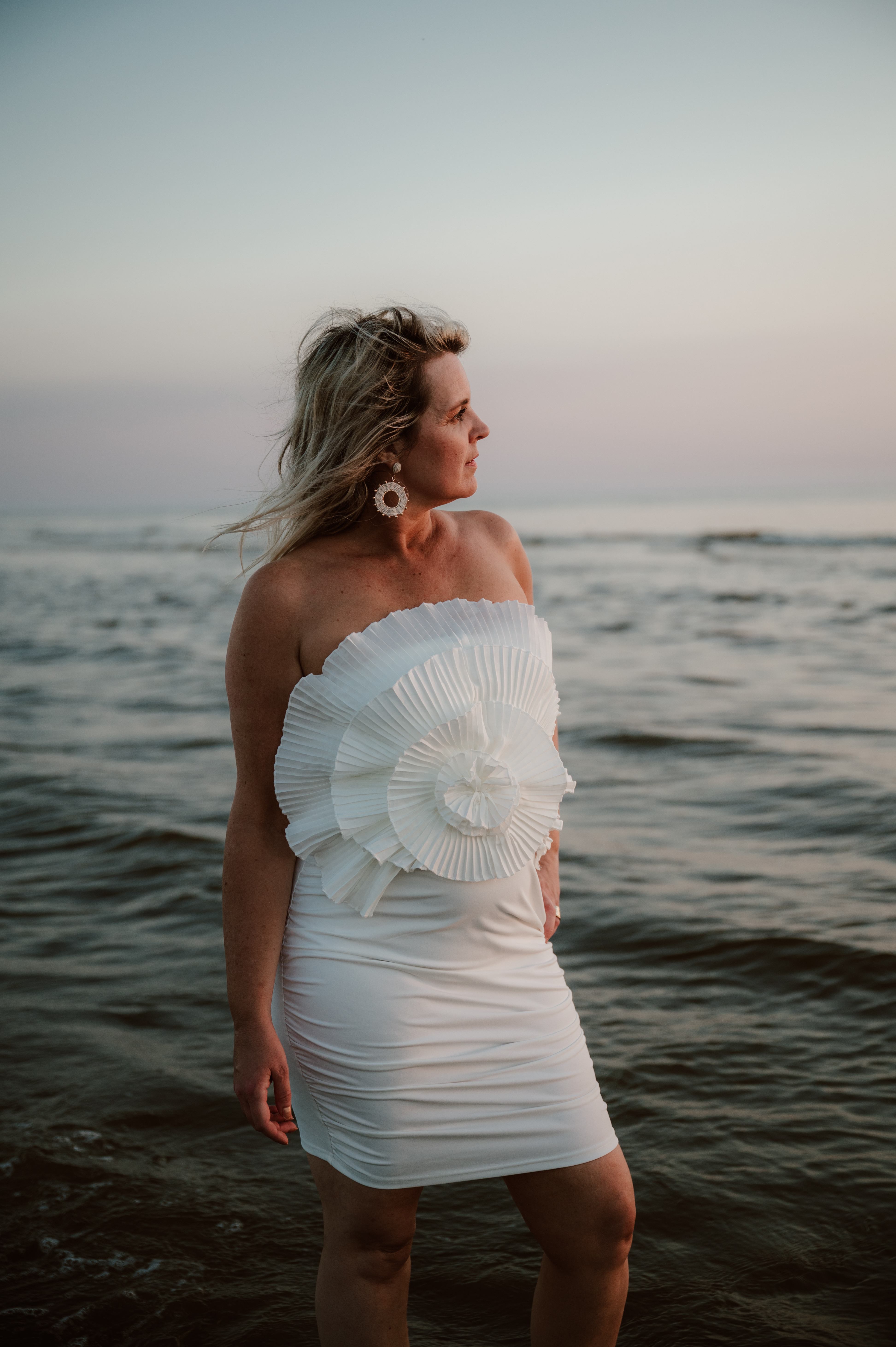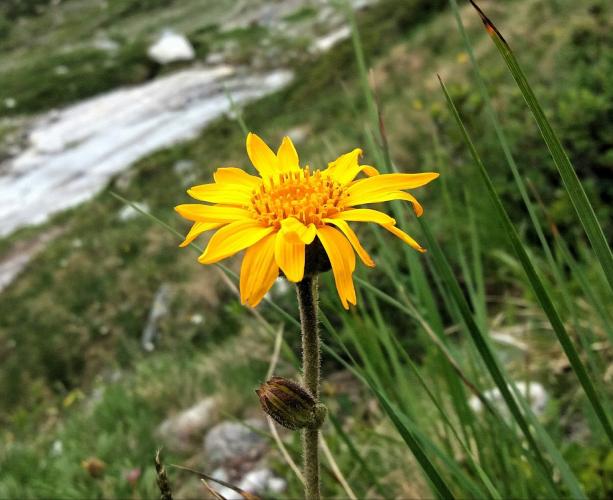
Valkruid or Arnica montana
Arnica montana is mainly found in the mountain regions of Central and Southern Europe. In the Vosges, the Erz Mountains, the Alps and the Pyrenees, this plant grows between 800-1200 meters. Much less known is that Arnica montana also belongs in the lowlands of northern Europe. Our country is the southwest part of the growth area that extends to Scandinavia and Russia. However, many populations have disappeared as a result of massive mining in the 1920s and 1930s.
Application and use.
Arnicae flos, the flowers of the Valherb and preparations prepared from it are used exclusively externally. Arnica then finds application in the consequences of injuries and accidents, such as bruises, sprains, superficial inflammatory processes, for example as a result of insect stings and inflammation of the oral cavity and pharynx. The sesquiterpene lactones a.o. helenaline in the plant give a chemical explanation for its action. These substances have an anti-inflammatory effect but can also cause irritation. Furthermore, Arnica is used externally as an ointment or oil for rheumatic complaints and boils.
Other folk applications
In folk medicine, Arnica, in Russia, is used in uterine bleeding during birth and in the climacterium, and further application he found in myocarditis, heart complaints due to arteriosclerosis, and in exhaustion and heart weakness. Even Goethe would have used Arnica for his heart problems. Arnica used to be used as snuff, or in tobacco to smoke along with other herbs.
For my own use, I would limit myself to the external use for bruises, bruises and bruises, for which Arnica is certainly the best remedy.
More info on https://sites.google.com/site/kruidwis/kruiden-a/arnica-montana
#Arnica #Valkruid #kneuzingen
- Comments (0)
- Recommended
- Milestones


Here are your recommended items...
Here are your milestones...





